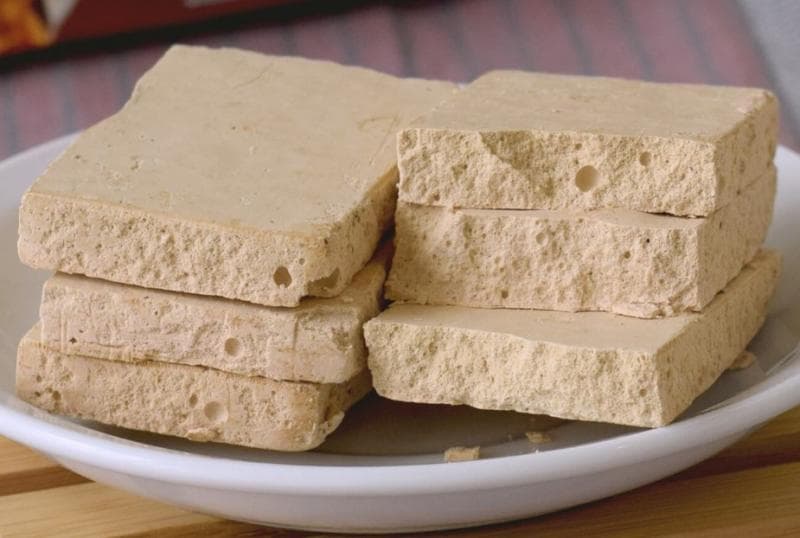Located in the Java Sea, approximately 83 kilometers from the northern coast of Jepara, Karimunjawa Island is one of Indonesia's exotic marine tourism destinations. Known as the "Caribbean of Java," this archipelago offers the charm of white sandy beaches, crystal clear waters, and diverse marine life. Karimunjawa is a perfect destination for snorkeling and diving enthusiasts, and those seeking to experience the beauty of pristine tropical nature. Karimunjawa consists of 27 small islands, of which only a few are inhabited, while most are uninhabited, surrounded by crystal clear waters. This makes Karimunjawa a favorite destination for snorkeling, diving, and enjoying the beauty of the beaches. Karimunjawa has been designated a National Park by the Jepara government since March 15, 2001. Karimunjawa is home to coral reefs, mangroves, coastal forests, and nearly 400 species of marine life, including 242 species of ornamental fish. Wonderful Indonesia: Some of the rare fauna...
Rectangular in shape, ivory white, neatly arranged symmetrically in a package. That's brem, a legendary sweet-tasting snack that has existed since the Dutch colonial era. But not for just anyone, only for those from the wealthy class. This traditional snack is usually used as a snack and treat for guests.
Now the price seems cheap, only around 10 thousand rupiah. But at that time, ordinary people who mostly lived in poverty during the colonial era preferred to use their money to buy carbohydrate sources such as rice, corn, wheat, or tubers that were filling. Therefore, brem was classified as a luxury food in its time.
Today, brem can be found not only in East Java but also in Central Java and Bali. In Solo, there is brem in a flat round shape resembling a fish cracker (similar to the shape of the Wonogiri brem). Brem is also made with various flavors including chocolate, strawberry, melon, orange, and even durian to win the interest of the market that likes flavor options other than the original. Meanwhile, brem from Bali is an alcoholic drink with a sour-bitter taste.
Origin of Brem
Although brem can now be found in almost all souvenir shops, brem originated from Madiun Regency, precisely from Kaliabu Village and Bancong Village. Reportedly, the name brem is taken from the process of making it by soaking the ingredients for seven days. The word “peram” in Javanese sounds like “plum”, so brem is used as the name of this fermented snack.
The long process of making it, about a week for fermentation, plus the cheap selling price, has made brem increasingly abandoned. Although the raw materials are easily available glutinous rice, tape yeast, and baking the 7-day fermentation process of glutinous rice into glutinous tape is a big problem for small producers. As a result, not many new brem brands have emerged.
Brem Making Process
Initially, the thoroughly washed glutinous rice is steamed for 20 minutes, washed again, and then steamed again for 1.5 hours. This is one of the factors that determine how white the color of the brem will be. Once cooked, the glutinous rice is spread out on a cloth to cool. When it is completely cool, the glutinous rice is given yeast to ferment. Giving yeast to warm glutinous rice will cause the brem flavor to become tart.
Then the glutinous rice is stored in a container and tightly closed for seven days until it turns into glutinous tape with a softer and watery texture. This water is the origin of brem. The glutinous rice tape will be pressed using a machine to squeeze the water until it recedes. It is then filtered again to get clearer water.
Next, the tape water is boiled until the water and juice appear separate. It is then stirred for several hours with a machine until the texture of the paste. After stirring until thicker, the paste can be shaped however you like, usually flat rectangles or flat rounds. Finally, the brem is sun-dried or baked to dry and then packaged.
Then what to do with the glutinous tape dregs? As it turns out, in addition to being animal feed, the soft-textured but dried pulp can be used as a mixture for making sponge cake. It only needs to be stirred together with other sponge ingredients such as eggs, sugar, salt, and flour then steamed. The result is a traditional steamed sponge cake with an appetizing aroma of tape.
Brem Snacks Now
Brem has become a staple souvenir from East and Central Java. This snack is perfect to enjoy as a snack during leisure time. The fermented glutinous rice base makes brem a legit snack with a sour aroma, although it tastes sweet. It's even more unique with a variety of new flavor innovations that make it more contemporary.
Once bitten, the initially hard and slightly gritty consistency melts in the mouth. Although the process creates alcohol in the tape, brem is not intoxicating at all, as the alcohol content is very low.


Comments